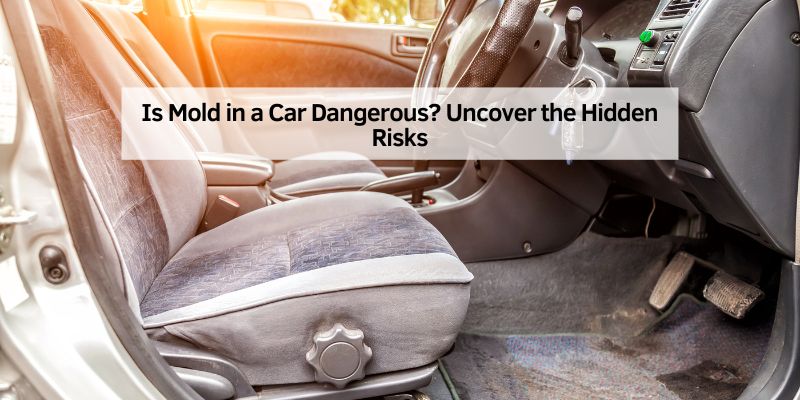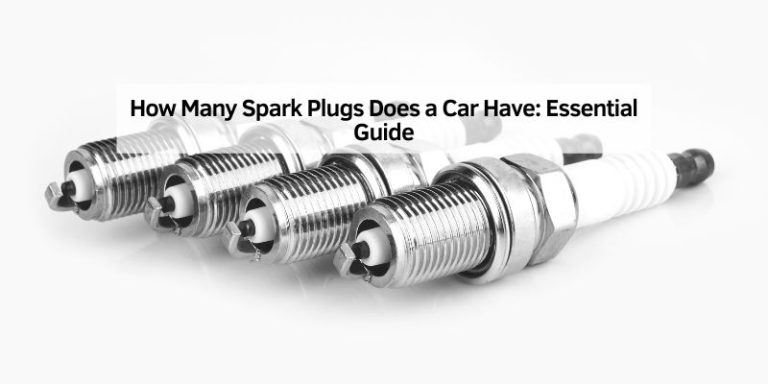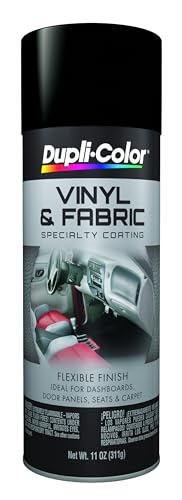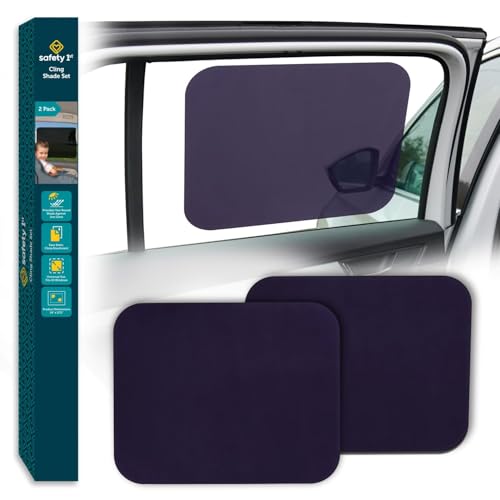Is Mold in a Car Dangerous? Uncover the Hidden Risks
Yes, mold in a car is dangerous. It can harm health, cause allergic reactions, and damage the car’s interior.
Imagine getting into your car and noticing a musty smell. You might not think much of it at first. But, mold can grow in hidden places and spread quickly. This silent invader thrives in damp, dark environments, making your car a perfect breeding ground.
Mold can affect your health, causing symptoms like sneezing, coughing, and even serious respiratory issues. Besides health risks, mold can also damage your car’s interior, leading to costly repairs. In this blog, we will explore the dangers of having mold in your car and how you can prevent it. Stay safe and keep your car mold-free!
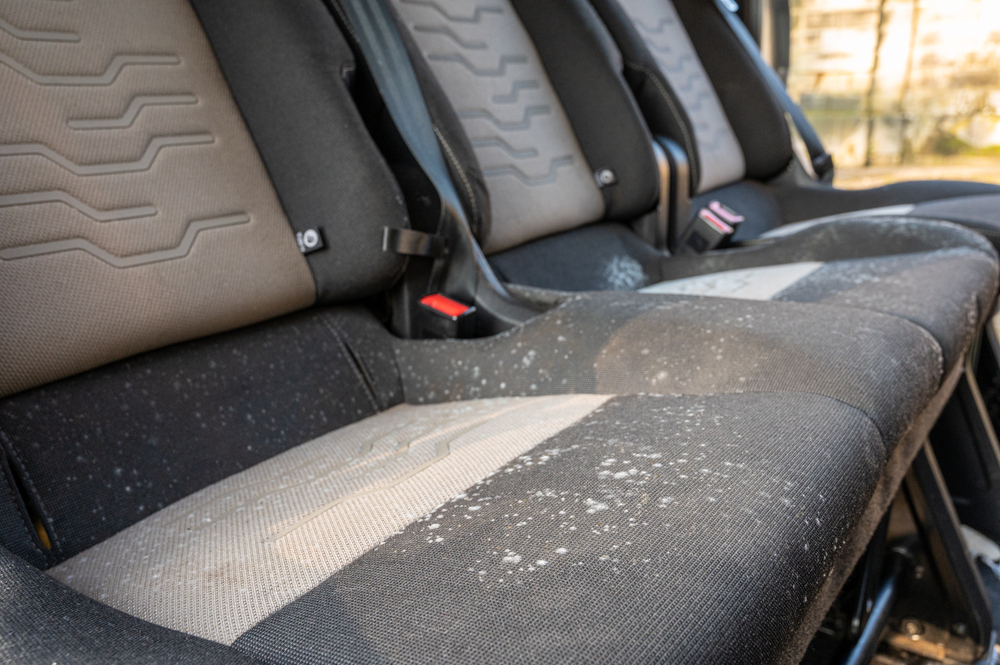
Credit: www.freeway.com
Mold Growth In Vehicles
Mold grows because of moisture inside the car. Wet clothes or umbrellas can leave water inside. A leaky window or door seal can also cause moisture. Spilled drinks might not dry up quickly. This can lead to mold. Cars parked in humid areas are at risk too. Poor ventilation traps moisture, leading to mold growth. Make sure to check your car for any leaks. It’s important to clean up spills fast.
Mold can hide in many places in a car. The carpet is a common spot. Mold can also grow on seats. Check under floor mats, they can hide mold too. Mold might be found on the dashboard if it’s damp. Look in the trunk, especially if it’s wet. The air conditioning vents can also have mold. Always keep your car clean and dry.
Health Hazards Of Car Mold
Mold in cars can cause serious breathing problems. Small mold particles float in the air. People can breathe them in easily. These particles can irritate the nose, throat, and lungs. People with asthma might have more attacks. They might cough more often. Some might even feel tightness in the chest. Kids and old people are at higher risk.
Mold can trigger allergic reactions in many people. Symptoms might include sneezing and runny nose. Itchy eyes are common too. Some people might get skin rashes. These reactions make everyday life hard. People might feel tired or unwell. It’s important to keep the car mold-free. Regular cleaning can help a lot.
Impact On Vehicle Interiors
Mold can ruin car materials. Seats and carpets may get damaged. Leather and fabric can rot. Plastic parts might weaken. Mold makes surfaces ugly and fragile. Repair costs can be high. Car value drops with mold damage.
Mold creates bad smells. Cars can stink when mold grows. Passengers may feel sick. Air inside the car becomes unpleasant. Fresh air can’t enter well. Smells stick to clothes and hair. Cleaning mold is hard. Odors stay even after cleaning.
Detecting Mold In Your Car
Mold has a musty smell. It’s like old socks or wet clothes. This smell is strong and easy to notice. Look for spots on seats and carpets. Mold can be green, black, or white. The spots may grow bigger over time. Windows may fog up a lot. Mold likes damp places. If windows fog up, check for mold. Breathing can feel hard if mold is present. Some people may sneeze or cough. Mold can make you feel sick. Always look for these signs in your car.
Use a flashlight to check hidden places. Mold hides under seats and in corners. A mold test kit can help. These kits are easy to use. They show if mold is present. Follow the steps in the kit. The kit will show results in days. Another way is to use your nose. Smell the car carefully. Mold smells bad and strong. Check the air filters too. Mold can hide there. Regular checks keep mold away.
Preventing Mold Infestation
Mold in cars can be dangerous. It can affect your health. Regular checks help stop mold growth. Always keep car windows closed when parked. Moisture is the enemy. Ensure the car is dry. Check for leaks often. Fix them quickly if found. Use car covers if possible. Park in a garage or shaded area. Ventilate the car when driving. Let fresh air flow in.
Clean the car often to stop mold. Vacuum the seats and floors. Remove all dirt and crumbs. Wipe surfaces with a damp cloth. Use a mild cleaner. Avoid harsh chemicals. Clean carpets and mats regularly. Let them dry in the sun. Remove wet items from the car quickly. Use baking soda to absorb moisture. Keep the car smelling fresh. A clean car is a healthy car.

Credit: www.reddit.com
Removing Mold From Vehicles
Mold in a car poses serious health risks, potentially causing respiratory problems and allergies. Removing mold ensures a safer driving environment and prevents further damage to the vehicle’s interior. Regular checks and cleaning can reduce mold growth and protect passengers from harmful exposure.
DIY Removal Techniques
Removing mold from your car can be simple. First, wear a mask and gloves. Open all car doors for fresh air. Mix vinegar and water in a spray bottle. Spray the mold spots and scrub gently. Use a brush for stubborn areas. Let the car dry in sunlight. Repeat if needed. Baking soda can help too. Sprinkle it, then vacuum. Always check for new mold every week.
Professional Cleaning Services
Sometimes mold is tough to remove. Professional cleaners know the best methods. They use special tools and cleaners. Experts can find hidden mold. They clean air vents and carpets deeply. Hiring them saves time and effort. Professional services ensure thorough cleaning. They prevent mold from returning. It might cost more, but worth it. Safety is important for your health.
Legal Implications Of Mold
Mold in cars can harm health. It can also lead to legal issues. Consumers have rights. They can demand a safe car. If mold is found, they may ask for repairs. They might even ask for a refund. Safety is key. A moldy car is not safe. Protecting health is important. Consumers should know their rights. They should not accept a moldy car.
Car sellers have duties. They must sell safe cars. Moldy cars are not safe. Sellers should check for mold. They should clean it before selling. Ignoring mold can lead to legal trouble. Sellers must be honest. They should tell buyers about mold. Selling a moldy car is risky. It can harm the buyer. It can lead to lawsuits.
Future Innovations In Mold Prevention
Advanced products are now stopping mold in cars. These products are easy to use. They can be sprayed or wiped on surfaces. This makes them handy for everyone.
Many of these products contain natural ingredients. They do not harm the environment or people. This is important for safe use. Such products are becoming popular.
Technology helps in finding mold in cars. Special sensors can detect moisture. Moisture is a sign of mold. These sensors alert users quickly. This helps in taking quick action.
Some cars now have built-in air purifiers. These purifiers reduce mold in the air. They make the car interior safer. This keeps the air fresh and clean.
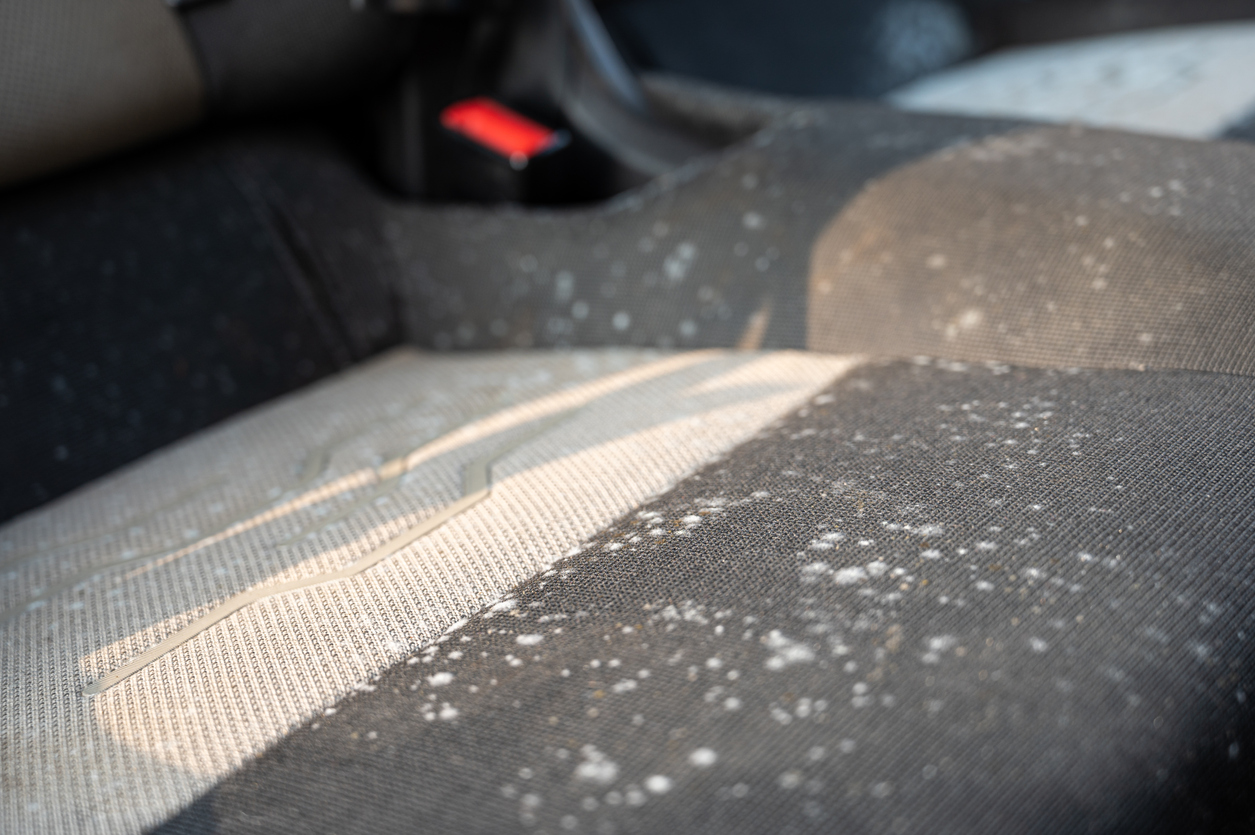
Credit: carcapsule.com
Frequently Asked Questions
Can You Get Sick From Mold In A Car?
Yes, mold in a car can cause health issues. Breathing mold spores may lead to allergies, respiratory problems, and skin irritation. It’s important to clean mold promptly to avoid health risks. Regularly check and maintain your car to prevent mold growth and ensure a healthy environment inside your vehicle.
Can A Moldy Car Be Saved?
Yes, you can save a moldy car with proper cleaning and treatment. Remove mold using vinegar or specialized cleaners. Dry the car thoroughly to prevent mold recurrence. Address moisture sources and ventilate the car regularly. Consider professional cleaning for severe cases.
Regular maintenance ensures a mold-free environment.
What Do I Do If I Find Mold In My Car?
Clean the mold using vinegar or baking soda. Dry the area thoroughly. Use a dehumidifier to prevent moisture. Consider professional cleaning if mold persists. Regularly check your car for any signs of mold.
Is Mold In The Car Permanent?
Mold in a car isn’t permanent if promptly addressed. Remove it using appropriate cleaning methods and ensure thorough drying. Regular cleaning and ventilation help prevent mold growth. Addressing leaks and moisture sources is crucial to keep mold away. Professional help might be necessary for severe cases.
Conclusion
Mold in your car can be risky for health. Breathing mold spores harms lungs. It irritates eyes and skin, too. Removing mold quickly is vital. Clean your car regularly to prevent mold growth. Use mold-resistant products for interior cleaning. Keep windows slightly open for ventilation.
Check for leaks and fix them promptly. Moisture invites mold, so stay vigilant. A mold-free car keeps you safe on the road. Prioritize health and comfort by addressing mold issues early. Regular checks and cleaning maintain a healthy driving environment.
Protect yourself and your passengers from mold dangers.

